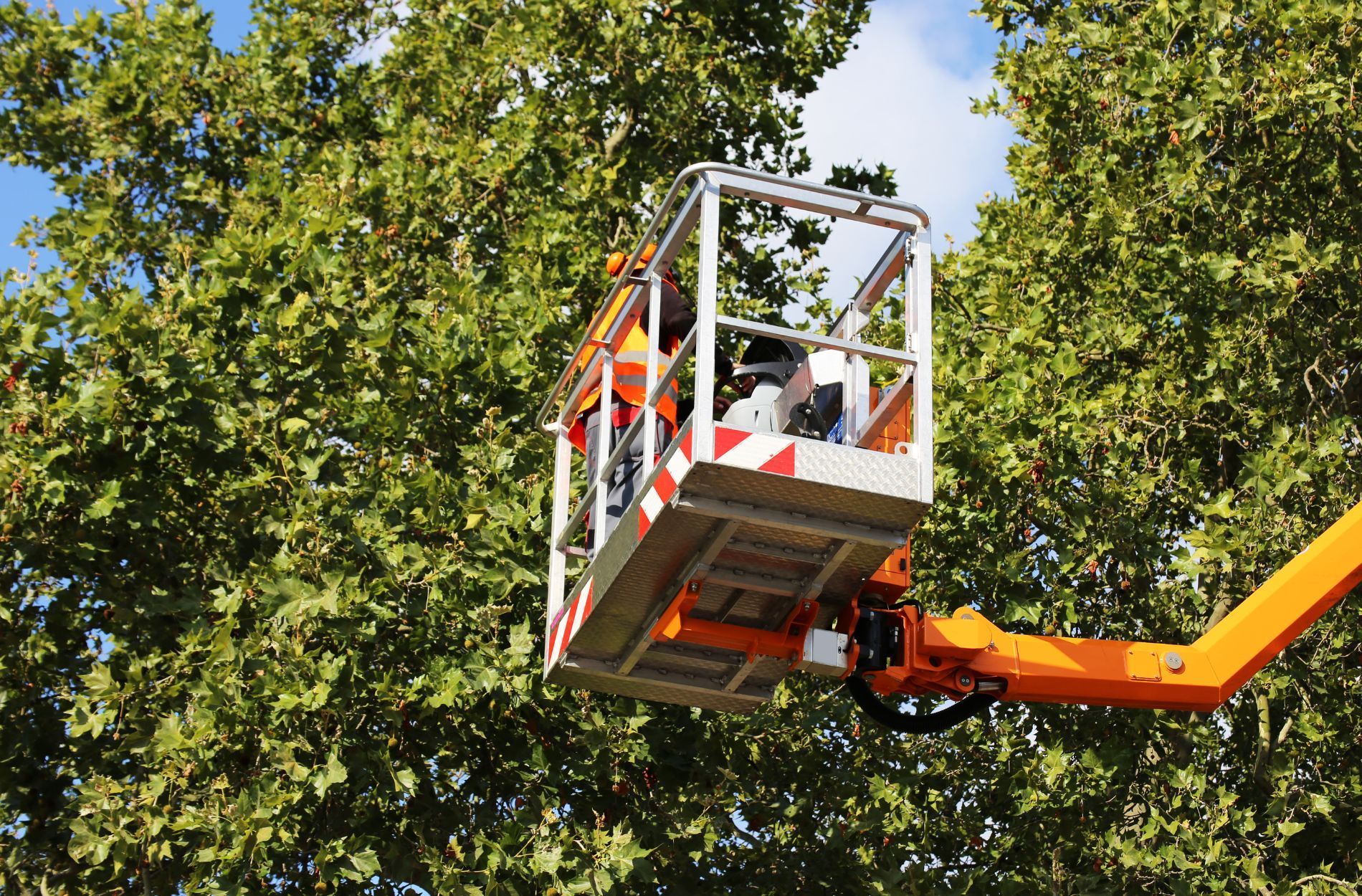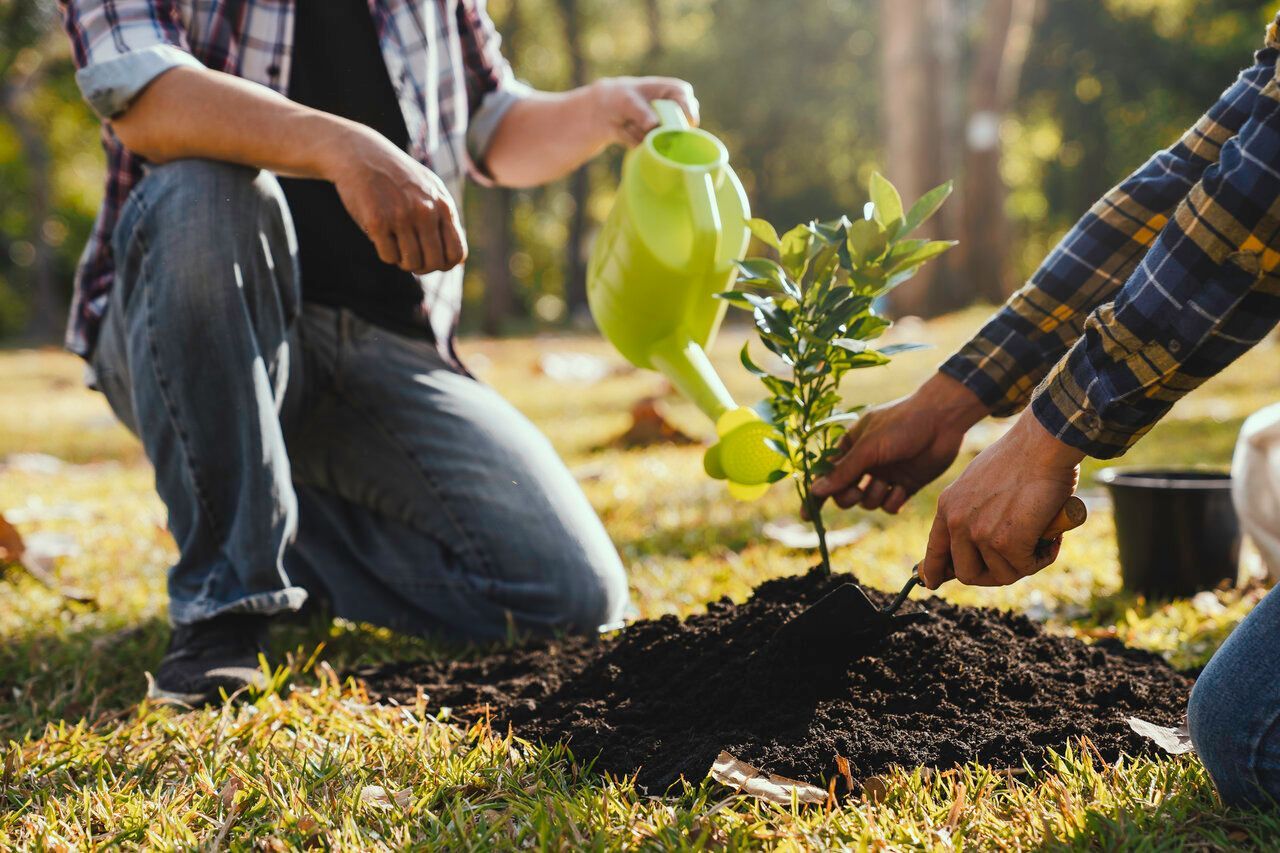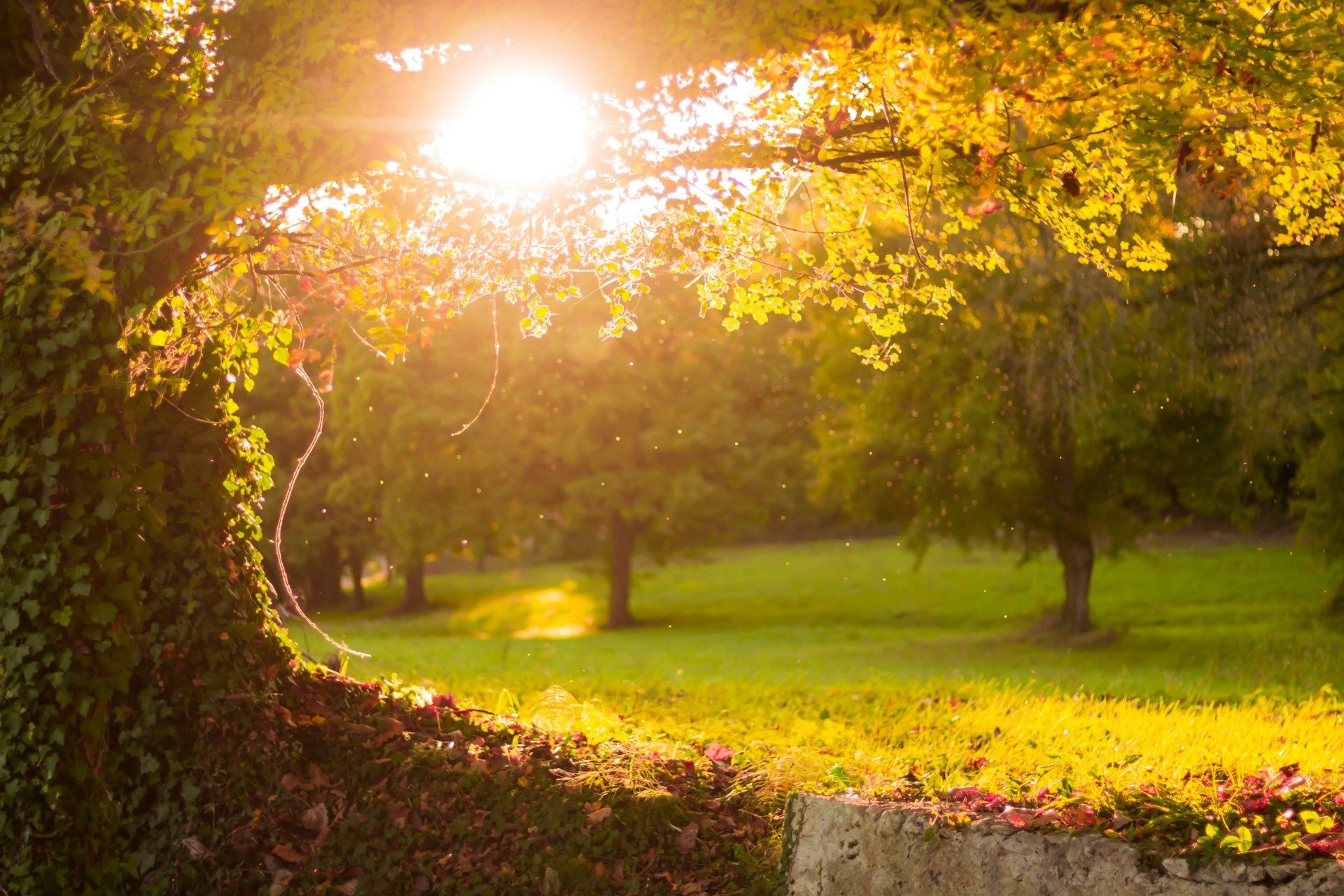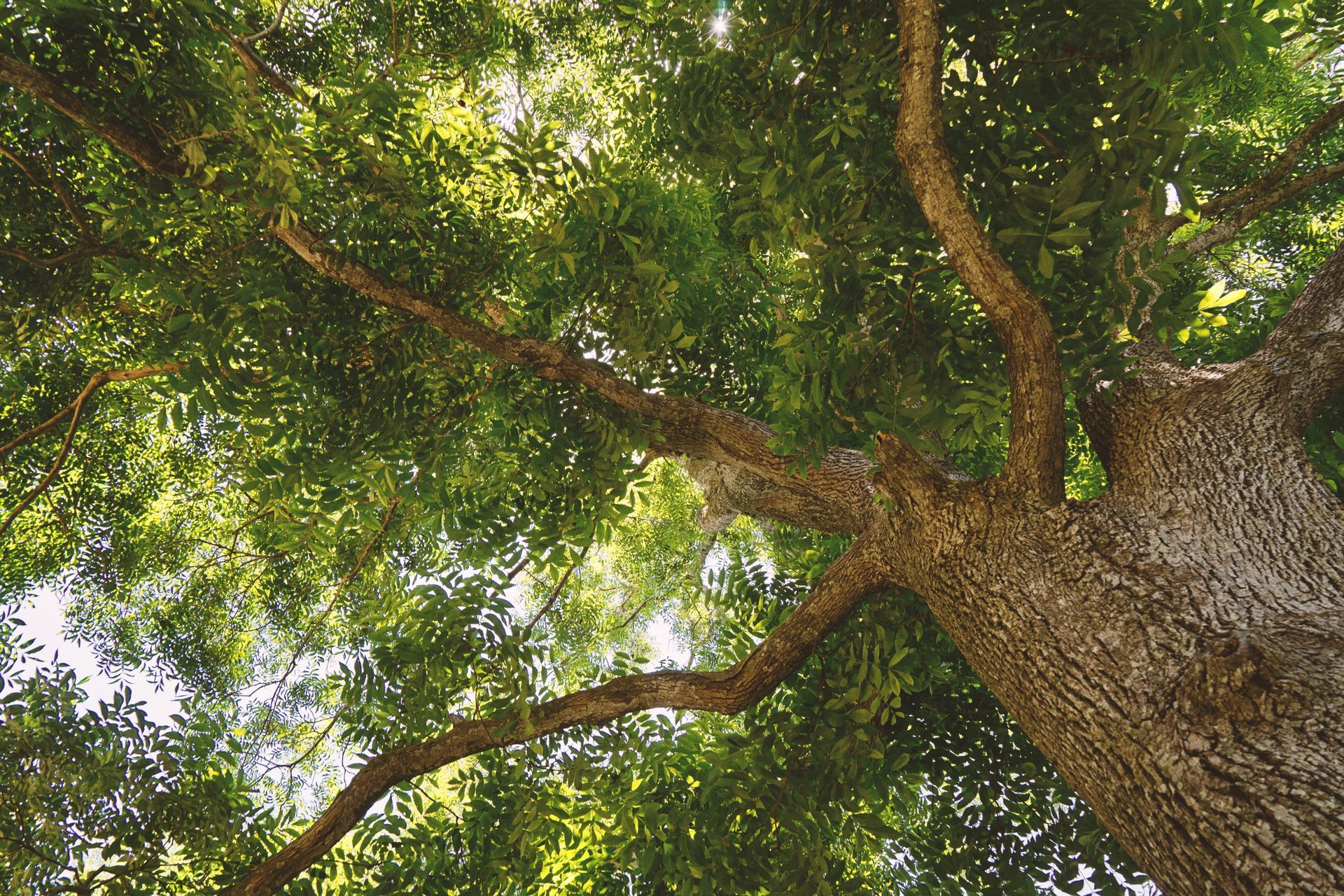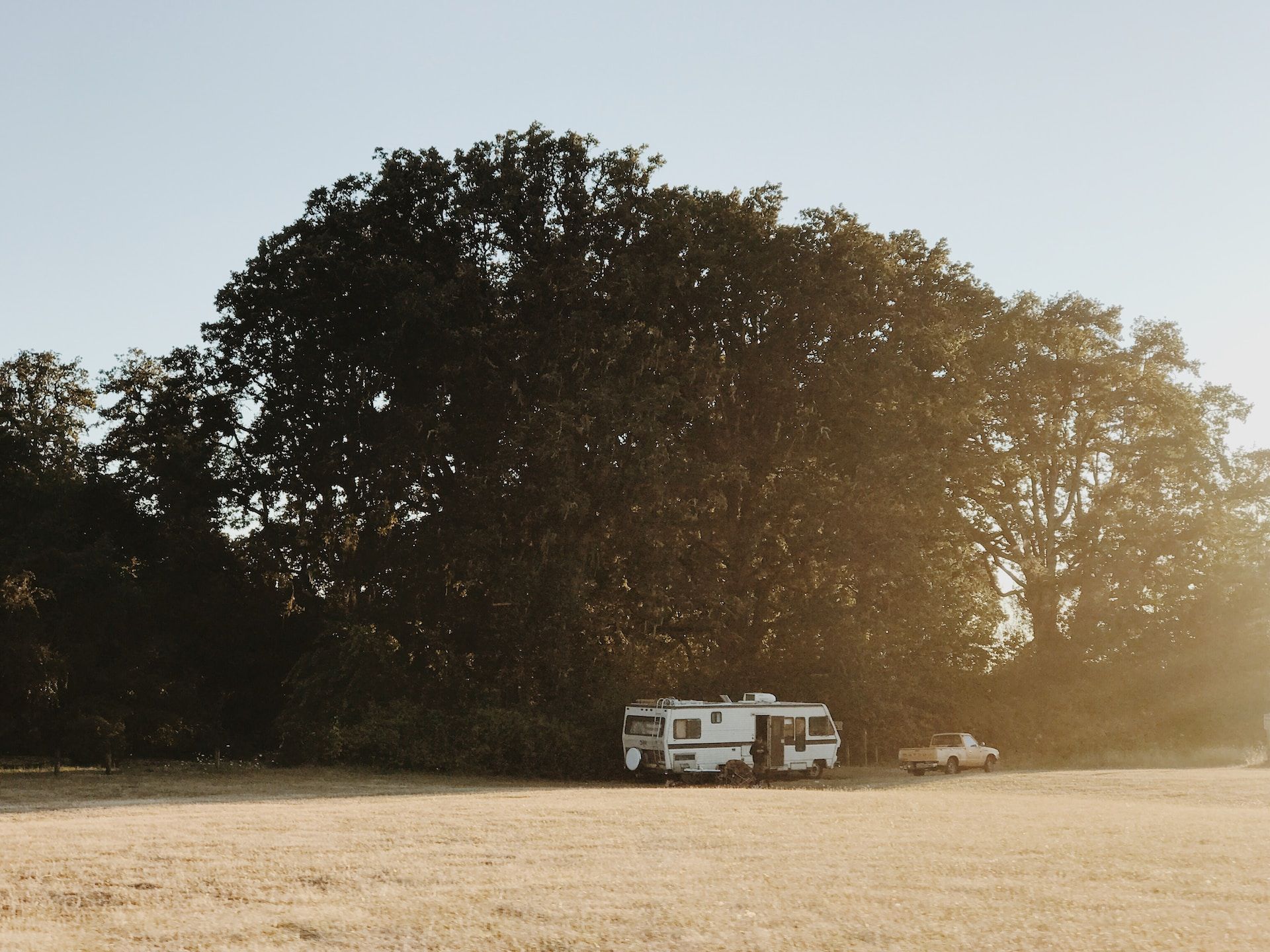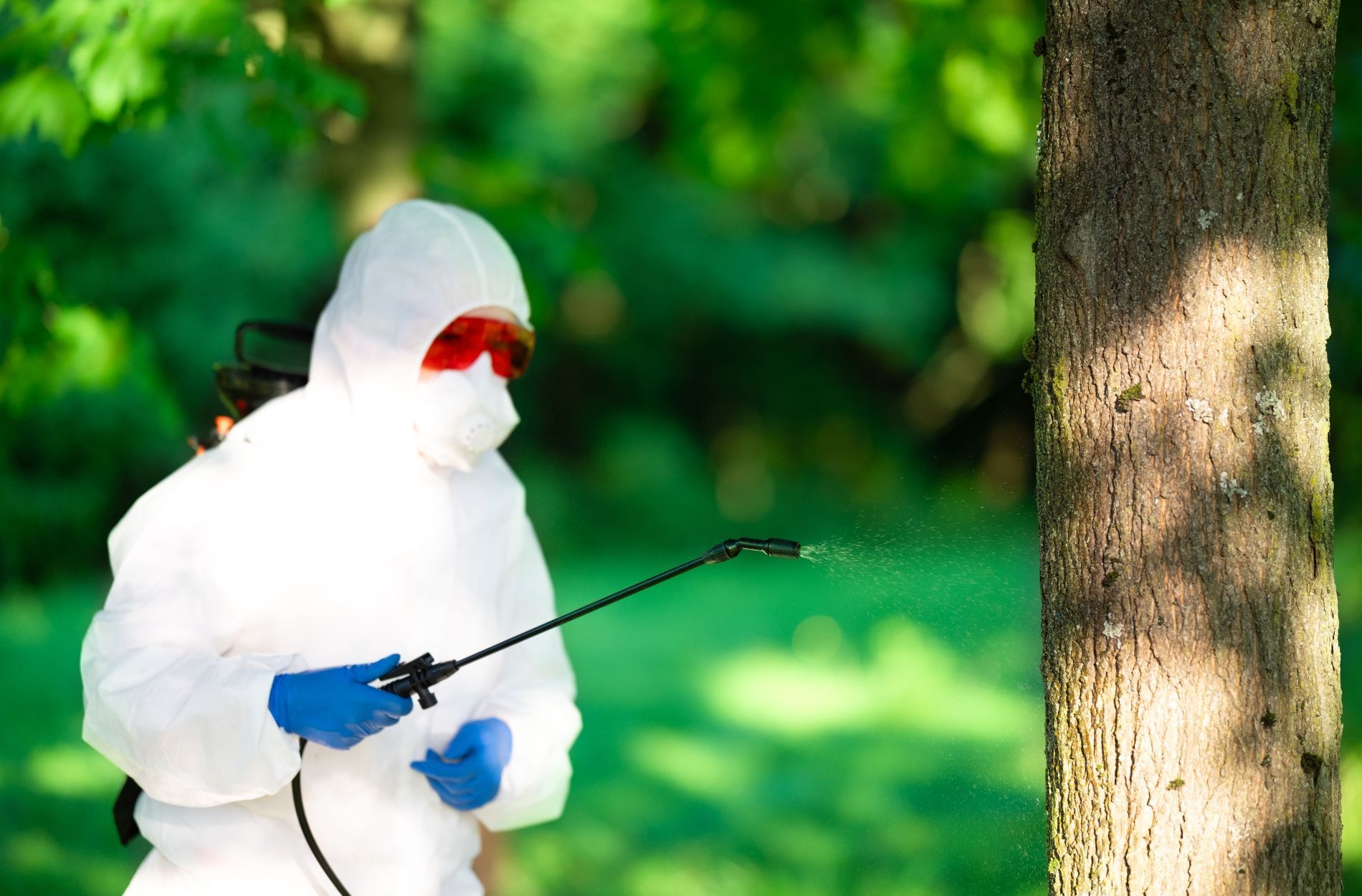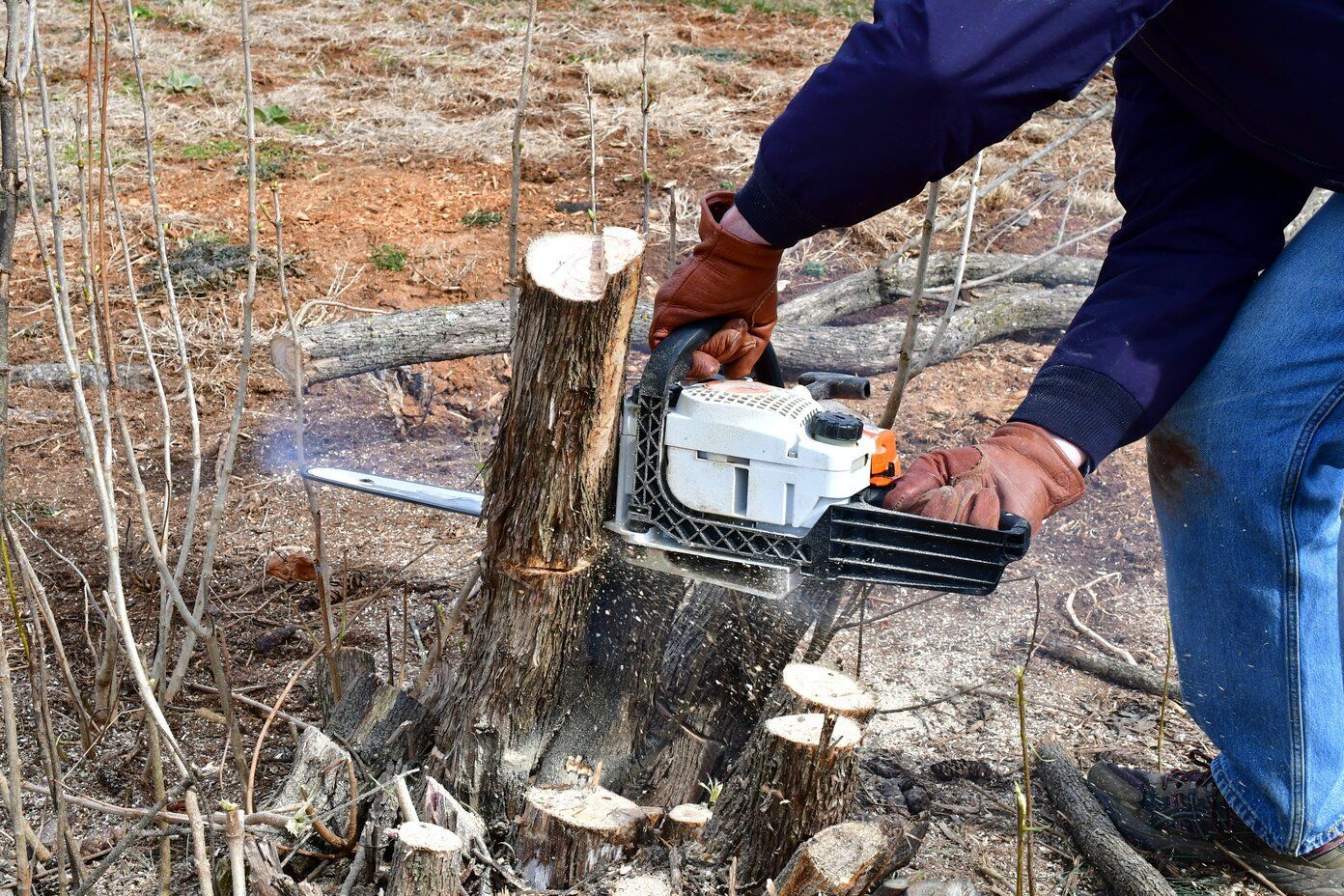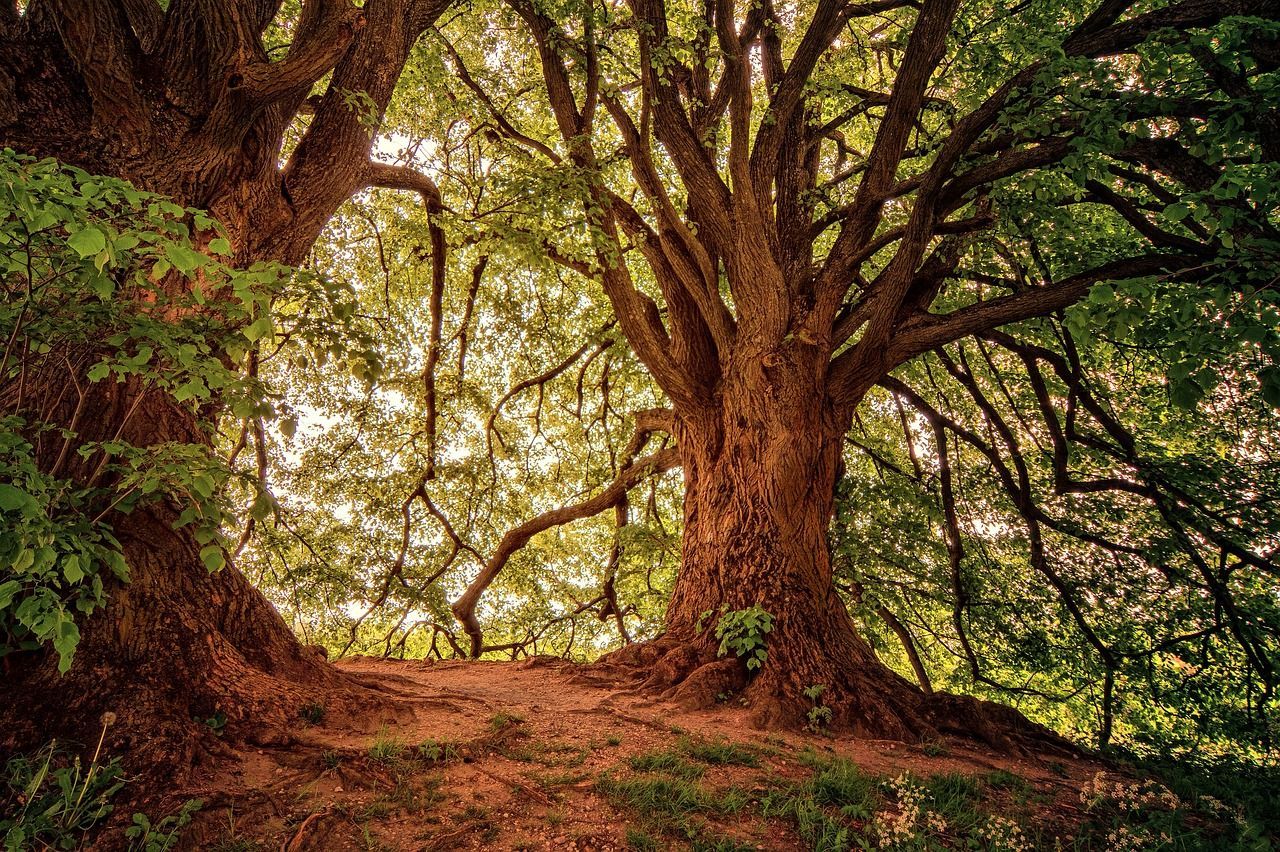5 Telltale Signs Your Tree Might Be a Threat to Your Albury Wodonga Home
Living in a beautiful place like Albury Wodonga, you're no stranger to the lush greenery that adds extra charm to your property. Trees are an integral part of this natural beauty, providing shade, purifying air, and even enhancing property value. But, do you know that sometimes, these silent green giants can pose a risk to your property? Yes, you heard it right. Not all trees are as harmless as they seem.
Some, if not properly maintained, can become a potential threat to your property and safety. With that in mind, this article will walk you through five warning signs that your tree might be more of a menace than a blessing to your Albury Wodonga property.
By the end of it, you'll know exactly what signs to look for and how to prevent any tree-related mishaps. Because, as much as we love our leafy friends, we definitely don't want them crashing down on our homes, do we? So, let’s dive in and learn how to spot those warning signs.
How to Spot a Risky Tree on Your Albury Wodonga Property
1. Damaged or Dead Branches
One of the most apparent and common warning signs that a tree may pose a risk to your property is the presence of damaged, dead, or dying branches. These branches become weak and susceptible to falling, especially during storms or strong wind events. Falling branches can cause significant damage to your property, vehicles, power lines, or anyone passing by.
To mitigate this risk:
Regularly inspect your trees for damaged, diseased, or dead branches.- Consider pruning damaged branches before they become a hazard.
- Consult an arborist if you need clarification on the health of a branch or need assistance in its removal.
2. Tree Disease or Decay
A diseased or decaying tree can not only be unsightly but can also pose a risk to your property as it becomes structurally unsound. Common signs of tree disease or decay include:
Discoloured or wilting leaves- Cankers or oozing sap on the trunk or branches
- Fungi, such as mushrooms, growing at the base of the tree
- Unusual or sudden dieback in the canopy
If you suspect your tree is diseased or decaying, it's essential to consult an arborist promptly. They can determine the cause of the problem, recommend appropriate treatment, or advise on tree removal if necessary.
3. Unstable Tree Roots
The root system of a tree is responsible for anchoring it to the ground and providing necessary nutrients for growth. If the roots are compromised, the tree's stability may be at risk, leading to potential uprooting or collapse. Warning signs that a tree's root system is unstable include:
Exposed or damaged roots visible at the tree base- Cracks or bulging in the soil surrounding the tree
- Poor drainage in the area where the tree is planted
- Sudden or pronounced leaning of the tree
If you notice any of these indicators, it's essential to consult an arborist as soon as possible. They can assess the tree's stability, provide recommendations for improving root health, or advise on the tree's removal if necessary.
4. Weak Tree Species or Structure
Certain tree species are more prone to breakage or structural failure due to their natural growth habits or weak wood. Fast-growing species, such as willows and silver maples, tend to have weaker wood and are more prone to breakage or splitting.
Additionally, trees with poor structure, such as those with narrow or weak branch unions, may also be at greater risk of collapsing or losing limbs. Tree species with brittle wood, like some eucalyptus varieties, are particularly susceptible to branch failures during storms or high winds.
To address the risk posed by weak trees or tree structures, consider:
Planting strong, resilient tree species appropriate for your location in Albury Wodonga
Regularly inspecting tree structure and implementing corrective pruning techniques
Removing trees with a known history of weakness or failure when necessary
5. Proximity to Structures or Utility Lines
A tree's proximity to structures, such as your home, or utility lines, can heighten the risk it poses to your property. Even if a tree appears to be healthy and stable, its growth can lead to potential conflicts with buildings, utility lines, or other infrastructure.
If you have concerns about a tree's proximity to your home or utility lines, consider the following actions:
Regularly assess the tree's growth and ensure it does not interfere with wires or structures- Prune branches that are too close to buildings, power lines, or other infrastructure
- When necessary, consult an arborist to evaluate the tree's stability and potential risk to your property
Keep Your Albury Wodonga Property Safe from Tree Hazards
As a property owner in the Albury Wodonga region, it's crucial to stay vigilant and proactive in monitoring your trees for potential hazards. By identifying and addressing warning signs like damaged branches, tree disease, unstable roots, weak tree structure, and proximity to structures or utility lines, you can ensure the safety of your property and the well-being of its occupants.
Professional advice and assistance from an arborist, such as those at Just Trees Australia, can make all the difference when it comes to confidently managing the health and stability of your trees. Our experienced team is well-versed in the unique challenges and conditions faced by homeowners in the region and can provide targeted guidance to address tree-related risks on your property.
Don't leave your property's safety to chance. Contact the experts at Just Trees Australia for a thorough tree risk assessment and tailored advice on how best to manage potential hazards. Our skilled arborists are dedicated to helping you maintain a safe, beautiful, and thriving landscape in Albury Wodonga.
Contact us to learn more about our
affordable tree removal, cutting, and trimming services, and schedule a consultation today—let us help you ensure that your trees remain a source of enjoyment and pride, rather than a cause for concern.


